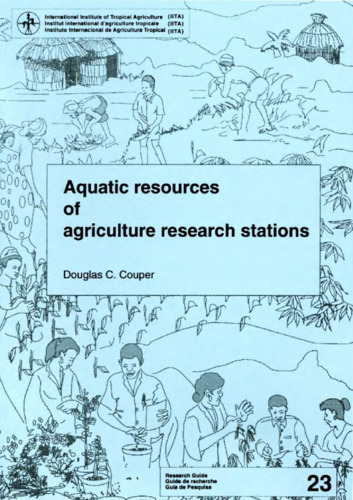Genetic and agronomic improvement for sustainable production of plantain and banana in subSaharan Africa
Abstract
Plantain and banana (Musa spp.) are integral components of the farming systems in the humid forest and mid-altitude ecologies of sub-saharan Africa. They provide more than 25% of the carbohydrates for approximately 70 million people in the region. Major constraints to plantain and banana production are fungal diseases (black sigatoka, fusariumwilt), pests (banana weevil, nematodes), and the phenomenon of yield decline. Soil degradation due to shortening fallow periods also accounts for decreased yields. Research on Musa at the International Institute of Tropical Agriculture (IITA) began in 1973. IITA included plantain and banana among its mandate crops in 1987 and the plantain and banana improvement program (PBIP) was created in 1991. Major achievements of IITA on the crop are the production of germplasm with black sigatoka resistance, and the development of improved systems for sustainable and perennial plantain production. Current research at PBIP focuses on gaining insight into the Musa genome, developing Musa breeding capability, breeding for durable black sigatoka resistance, developing biotechnology techniques for Musa breeding, investigating the post-harvest quality of plantains and analyzing genotype-by-cropping system interaction.

